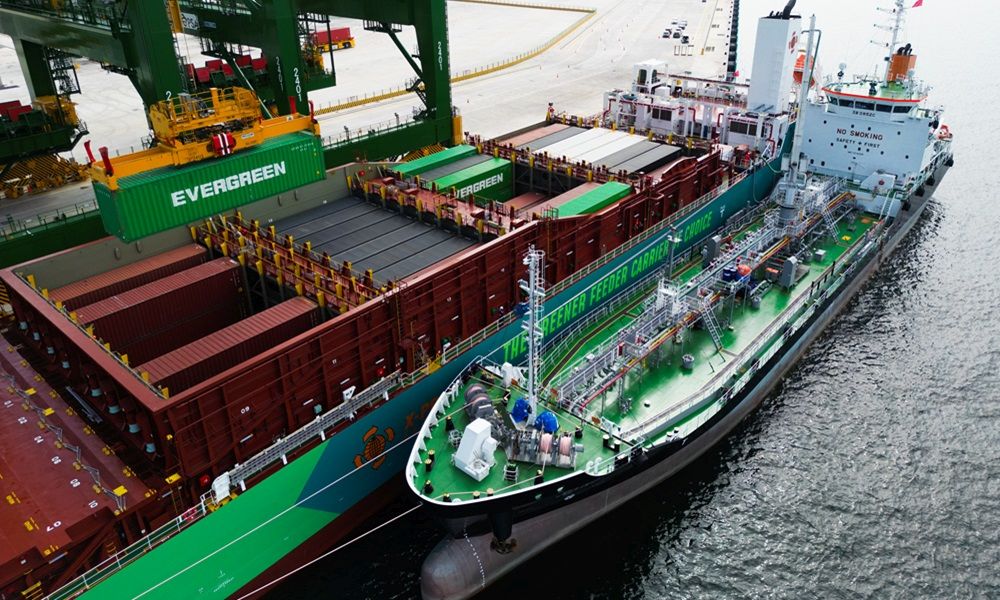Green corridors increasingly wrap their way around the world’s oceans and seas, but they face a “feasibility wall”, according to a new 36-page report from the Getting to Zero Coalition and the Global Maritime Forum.
Green shipping corridors are specific trade routes where the feasibility of zero-emission shipping is catalysed by public and private action. They first came to real prominence in Glasgow at 2021’s COP26, the major international climate summit, when 19 countries joined the first-ever framework to create zero-emission ocean shipping corridors, with the signing of the Clydebank Declaration for clean shipping corridors.
According to the Global Maritime Forum, the number of these initiatives grew by 40% last year to 62 globally. Splash has reported on many more this year, including what would be the world’s longest green corridor to get kiwis to Europe.
Alongside this considerable expansion, a third of the existing corridors have advanced to a new exploration phase, including feasibility studies, implementation roadmaps, and cost assessments. Six front-running initiatives are now preparing for real-world implementation, establishing blueprints for green corridors worldwide.
However, the new report warns of a looming obstacle: the so-called feasibility wall.
“The high cost of transitioning to zero-emissions fuels and a lack of national policy incentives to bridge this cost gap pose a significant threat to further progress. Without urgent government action, the development of these critical initiatives could stall,” the report argues.
The report, which also breaks down the corridors by fuel type, makes clear that the development of green corridors can help governments reach their hydrogen ambitions by providing an early and sizeable source of demand. Just the six front-running initiatives alone could require over 2m tonnes of hydrogen-based fuel per year by 2030.
“Green shipping corridors have an essential role to play in accelerating zero-emission shipping. This year saw a handful of advanced corridors setting the pace, but continued progress is not inevitable. If industry and national governments make a concerted effort to share the costs and risks associated with new fuels, these leading corridors could together generate a breakthrough for zero-emission shipping before 2030,” said Jesse Fahnestock, director of decarbonisation at the Global Maritime Forum.
We give you energy news and help invest in energy projects too, click here to learn more

